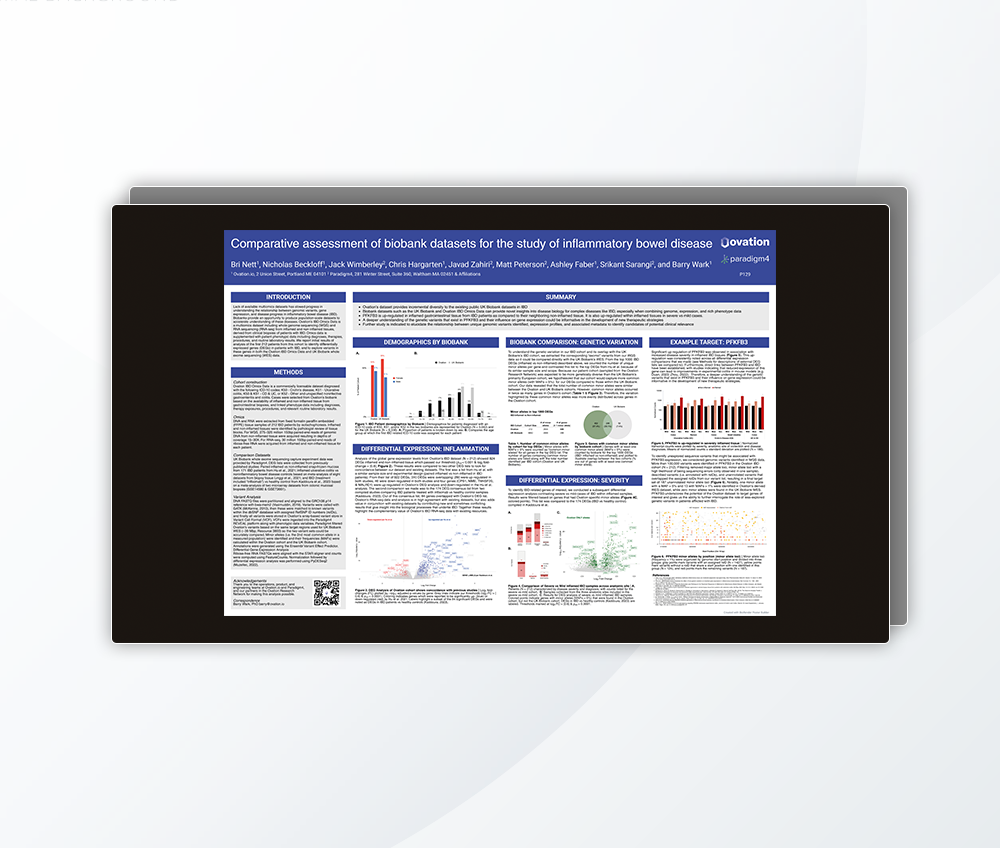Activating Vital T Cells
The Pfizer-BioNTech (BNT162b2) and Moderna (mRNA-1273) vaccines have had an overall high efficiency in the battle against the Sars-CoV-2 virus. These two mRNA vaccines have produced a robust T cell response after full vaccination is complete. The body’s B cell response to the vaccine plays a vital role in helping to reach “herd” immunity. However, long-term response to the virus relies on the T Lymphocyte or T cells’ ability to destroy it. In this article, we’ll discuss the implications for the future of vaccinations and what your lab must know to prepare.
Immune Memory and “Killer” T Cells
Researchers for the SARS-CoV-2 vaccine have relied heavily on antibodies that bind to the viral proteins to block infection. This level of protection is considered the “gold standard”, but Immunologist Alessandro Sette at the La Jolla Institute for Immunology in California explains that “if that can be achieved it is great, but that it is not necessarily always the case” he says. Researchers are now digging into the data to find the signs that the body’s T cells help create and maintain lasting immunity.
The body’s CD4+ T cells create an immune response, often considered the “helper” T cells because they produce antibodies and “killer” T cells. The CD4+ T cells have the ability to call upon the CD8+ T cells, or “killer” T cells, by releasing a protein called cytokine. Since the CD8+ T cells are the body’s front-line defense, they use the cytotoxic protein to find and kill cells that are infected. These killer T cells are important for mitigating a possibly severe infection that would cause hospitalization. Upon their activation, they will instead leave the infected individual with a mild infection that the body has the strength to fight.
Consequently, T cells have more resiliency than antibodies, and these T cell-stimulating vaccines will protect from other mutations by utilizing T cell memory of the virus better than antibodies will. The studies we have researched show the data that people who have been infected with SARS-CoV-2 produce and activate these T cells that will target 15-20 different coronavirus proteins.
Boosting T Cell Count
One of the latest studies done on the mRNA vaccines shows that after the initial vaccination the body’s T cells significantly increased, and the findings were equivalent to that of a convalescent individual. After the second dose of mRNA vaccines, there was another rise in the body’s T cell response which did generate a higher (however more mild rise than the initial vaccine) T cell response than that of a convalescent individual. This would prove an improved ability to fight the coronavirus after two doses of the mRNA vaccine due to the body’s boosted T cell count. This study also shows the varying efficacy percentages between the various Sars-CoV-2 strains.
The World Health Organization has labeled certain mutations of the virus as variants of concern, such as the Alpha (B.1.1.7), Beta (B.1.351), Delta (B.1.617.2), and Gamma (P.1) strains. Due to these mutations, the biggest question was whether or not these T cell-inducing vaccines will also be equally effective against these variants. However, the study’s results show that the T cell response to some of the variants of concern was only mildly lower than the original variant. It is still unknown whether or not the antibodies produced by these vaccines may not be sufficient enough for long-term immunity.
Another study done by the team from La Jolla Institute for Immunology in California on the Pfizer-BioNTech and the Moderna mRNA vaccines has reported immunity of around 90% that lasts for up to six months, but the longevity thereafter is still unknown.
Testing for Antibodies vs T Cells
The lateral flow assay or ELISA (enzyme-linked immunosorbent assay) testing highlights previous infection by measuring antibodies in the blood. Since T cell responses last longer than antibody responses, researchers have switched focus to T cell production. Additionally, testing sites have also begun testing patients’ T cells instead of antibodies to understand immunity. This data collected will provide important information needed to monitor how close we are to obtaining that “herd” immunity.
The T cell testing methods like ELISpot the enzyme-linked immunosorbent spot allows scientists to compute the T cells cytokine (CD4+) production. This particular research study done by the Institute of Transfusion Medicine paints an accurate picture as to why testing for T cells instead of antibodies is critical. This study tested the immune responses against SARS-CoV-2 in a group of convalescent individuals who had confirmed prior infection. The individuals tested 60 days after symptoms showed borderline or negative results to the ELISA testing. However, the interferon-y ELISpot test found that 78% of tested individuals that had undetectable antibodies showed T cell immunity to the SARS-CoV-2 infection.
The data collected thus far is crucial for understanding the full immunity of a convalescent patient vs. a vaccinated one. If labs only test with the ELISA enzyme-linked immunosorbent assay or other antibody tests, they miss the potential full-scale immunity present. Without accurate testing or data collection, vaccination would only be assisting antibodies in the fight against COVID-19. And, as shown by the data presented in these recent studies, it’s clear that antibody assistance is not enough. Vaccinations must activate the body’s T cells to fight off not only the original SARS-CoV-2 virus but variants as well.
The Future for Labs and Public Health
T cell testing, continued vaccination, and adhering to public health and safety measures are critical to moving forward. Although the long-term immunity from mRNA vaccinations for SARS-CoV-2 is still unknown, past T cell response studies on SARS-CoV-1 show activation years after the initial infection. That data provides hope that even if antibodies are not detectable, T cells are activated in the face of future infection and amongst other variants. Being able to understand the body’s immune memory to the SARS-CoV-2 virus is imperative to the improvement of vaccines, and that begins with proper T cell testing and data collection in labs.



